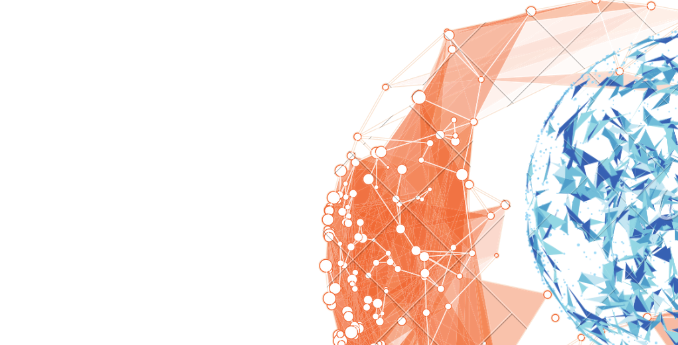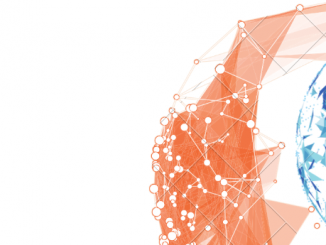
Snowflake, the cloud-based data platform, empowers you to store and manage data with scalability and flexibility. But with different table types at your disposal, selecting the optimal one for your specific needs can be crucial. This blog post delves into the three main Snowflake table types – Permanent, Temporary, and Transient – exploring their functionalities, use cases, advantages, and drawbacks to guide your informed decision-making.
Permanent Tables: The Mainstay for Durable Data
- Definition: Designed for long-term data storage, these tables remain persistent across sessions and users.
- Use Cases: Ideal for core datasets, historical records, frequently accessed reference data, and data subject to regulatory compliance requirements.
- Pros:
- Durability: Ensured by Fail-Safe, Time Travel, and cloning capabilities.
- Security: Robust access control ensures data protection.
- Performance Optimization: Clustering keys can enhance query performance for specific use cases.
- Feature-Rich: Support for ACID transactions, external tables, and data sharing.
- Cons:
- Storage Costs: Consumes storage proportional to data volume, affecting billing.
- Management Overhead: Periodic maintenance might be needed for large tables.
Temporary Tables: Short-Lived Workspaces for Intermediate Data
- Definition: Exist only within the session they’re created, vanishing upon session termination. They’re not visible to other users or sessions.
- Use Cases: Well-suited for temporary storage of intermediate results during calculations, transformations, or staging for loading into permanent tables.
- Pros:
- Transient Nature: No need for manual cleanup, simplifying workflow.
- No Storage Costs: Data doesn’t contribute to billed storage.
- Cons:
- Limited Features: Lack Fail-Safe, Time Travel, and cloning support.
- Ephemerality: Data loss occurs upon session end, preventing retrieval.
Transient Tables: Bridging the Gap Between Temporary and Permanent
- Definition: Similar to temporary tables, they exist within a session but remain accessible across sessions within a specified timeframe (up to 168 hours) after creation.
- Use Cases: Perfect for storing intermediate data that needs to be shared within a team or used for short-term analyses before deletion.
- Pros:
- Session Persistence: Shared access within a session timeframe.
- No Storage Costs: Data doesn’t incur storage charges.
- Cons:
- Limited Timeframe: Data is automatically deleted after the set duration.
- Less Durability: No Fail-Safe or Time Travel support.
Key Considerations for Choosing the Right Table Type
- Data Lifespan: Permanent tables for enduring data; temporary or transient for short-term needs.
- Persistence Requirements: Permanent for cross-session access; temporary or transient for session-specific use.
- Security: Permanent tables offer comprehensive access control, while temporary and transient tables have limited security features.
- Performance: Clustering keys in permanent tables can optimize queries, but temporary and transient tables might be faster for small datasets.
- Cost: Permanent tables incur storage costs; temporary and transient tables are free but lack some features.
By carefully evaluating your data’s persistence needs, security requirements, and performance demands, you can select the Snowflake table type that aligns perfectly with your specific use case, ensuring optimal data management and cost-effectiveness.


